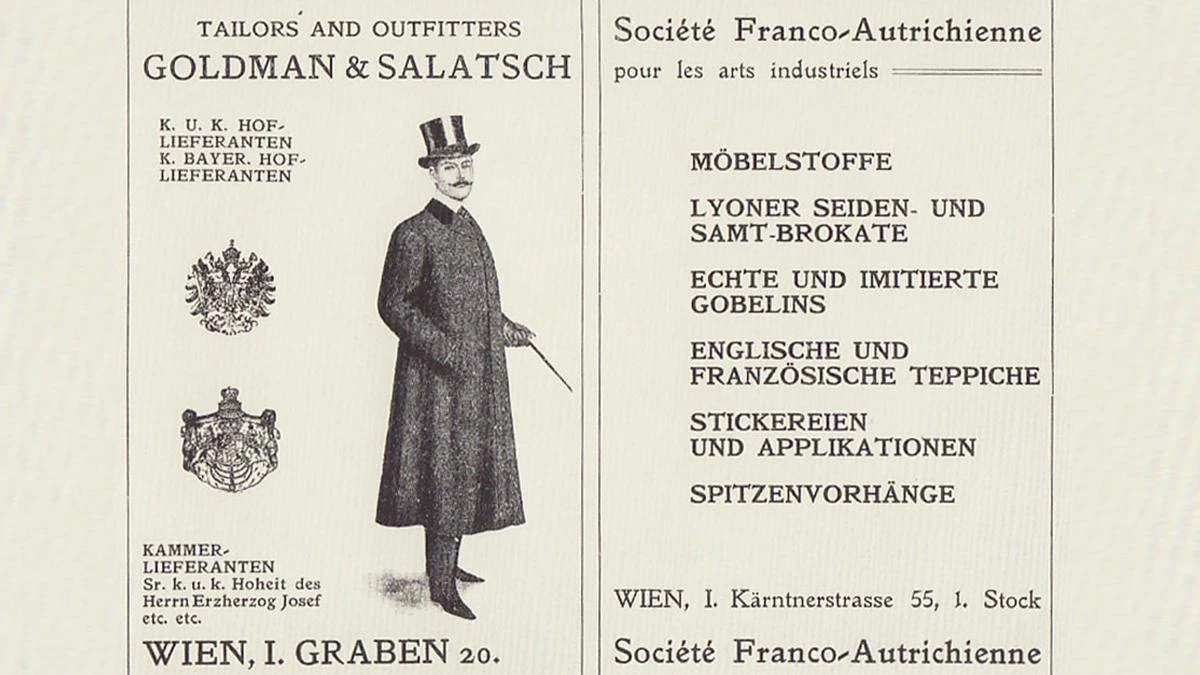
The Loos enigma begins to unravel. A new generation of historians is throwing light on the darkest corners of an architect who half a century ago was famously described by Nikolaus Pevsner as ‘a mystery.’ The reprinting and translation in English of the two mythical leaflets published by Loos in 1903 – edited by Beatriz Colomina, who writes an excellent foreword – gives us firsthand his kaleidoscopic opinions on the Vienna of his time, whose fashions and manners he censures in colloquial language. For its part, the discovery of the files of Loos’s 1928 trial for child molestation has enabled Christopher Long to complete his investigation of this episode, until now reduced to marginal mentions in the bibliography on the designer and theorist of early modernity.
Loos’s standing has been variable. Acclaimed and loathed in the Vienna of the early 20th century, after the architect’s death in 1933 a veil of silence fell upon him, lifted only with the 1959 Casabella issue that Ernesto Rogers entrusted to the young Aldo Rossi. In 1972 Joseph Rykwert presented his essays proclaiming him the most important theorist of modernity with Le Corbusier, and in the 1980s a wave of articles and books on the architect would coincide with the popularity of 1900 Vienna, while the 1990s would see the publication of monographs by Panayotis Tournikiotis and Kurt Lustenberger, which already examine Loos’s ‘ambiguous posterity.’
The small journal Das Andere and the court case files do not solve all mysteries, but help us understand Loos’s personality. Colomina’s introduction begins with a question about the absence of art and architecture in the leaflets and with an enumeration of the matters tackled by the architect in those two 14-page supplements. Among them, and along with fashion, furniture, or hairdressing, are sex, masturbation, public morality, syphilis, pornography, and cocottes. A quarter of a century later, two girls aged 8 and 10 (and later a third) accused Loos of indecent acts while drawing them naked, and the scandal made the trial a cause célèbre. The architect was eventually set free, after being absolved, despite compelling evidence, of responsibility for the larger crimes, and he was found guilty only of inducing the children to pose nude with their genitals exposed.
Some have looked for keys to this episode in his friends Karl Kraus and Peter Altenberg, as well as in his client Theodor Beer, prosecuted for sodomy with teen boys, and whose collection of pornographic photographs Loos hid for fifteen years. Others imagined that the erotic contacts took place in the sensual bedroom he designed for his first wife, Lina – published in Kunst, the magazine of which Das Andere was a supplement –, but the room had been altered before the visits of the little girls. Loos was married four times to young women (an actress, two dancers, and a client’s daughter), and three of them wrote memoirs. It is perhaps in their stories that we should look for new insights on the enigma of Loos.







